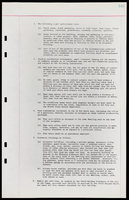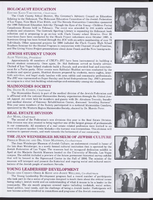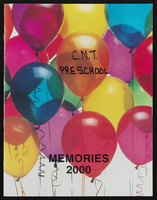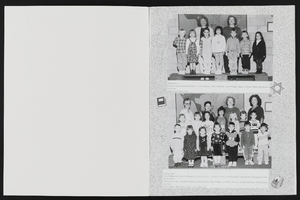Search the Special Collections and Archives Portal
Search Results
Alterwitz, Daryl, 1959-
Daryl Alterwitz was born June 17, 1959 in Gary, Indiana to Oscar and Deanne Alterwitz. When he was thirteen years old, his family moved from Gary, Indiana to Las Vegas, Nevada and purchased Walker Furniture. Alterwitz graduated from Valley High School and attended the University of California Santa Cruz. He earned his law degree from Santa Clara University and a degree in taxation from New York University School of Law.
Person

Transcript of interview with Patricia Bryan by Stephen Kulifay, February 20, 1979
Date
Archival Collection
Description
Text

Transcript of interview with Carol Forsythe by Sam Copeland, March 2, 1977
Date
Archival Collection
Description
Text
Transcript of bus tour of "Jewish Las Vegas" by Temple Beth Sholom, May 17, 2015
Date
Archival Collection
Description
Temple Beth Sholom organized and led a bus tour of parts of Las Vegas that are significant in local Jewish history. Stops on the tour included Woodlawn Cemetery and the former Temple Beth Sholom campus on Oakey Boulevard. Narrator Arlene Blut gives the overview of the Jewish community, and Rabbi Felipe Goodman talks to tour participants at the cemetery. Former Las Vegas mayor Oscar Goodman speaks at the old synagogue along with Josh Abbey, whose mother created the stained glass windows at the temple.
Text
Shaw, Gilbert "Gil", 1928-
Gilbert Shaw, better known as Gil, was raised in Milwaukee, Wisconsin, and Los Angeles, California, where he had his bar mitzvah. At the age of 17, he enlisted in the US Navy and became a combat correspondent. The next twenty-seven years was a military career in both the Navy and Coast Guard and included service in both Korea and Vietnam. His training as a journalist and photographer gave him a trained eye on the history around him. This gave him a keen eye on his experiences as a founding member of Las Vegas' first Reform Judaism synagogue, Congregation Ner Tamid.
Person




